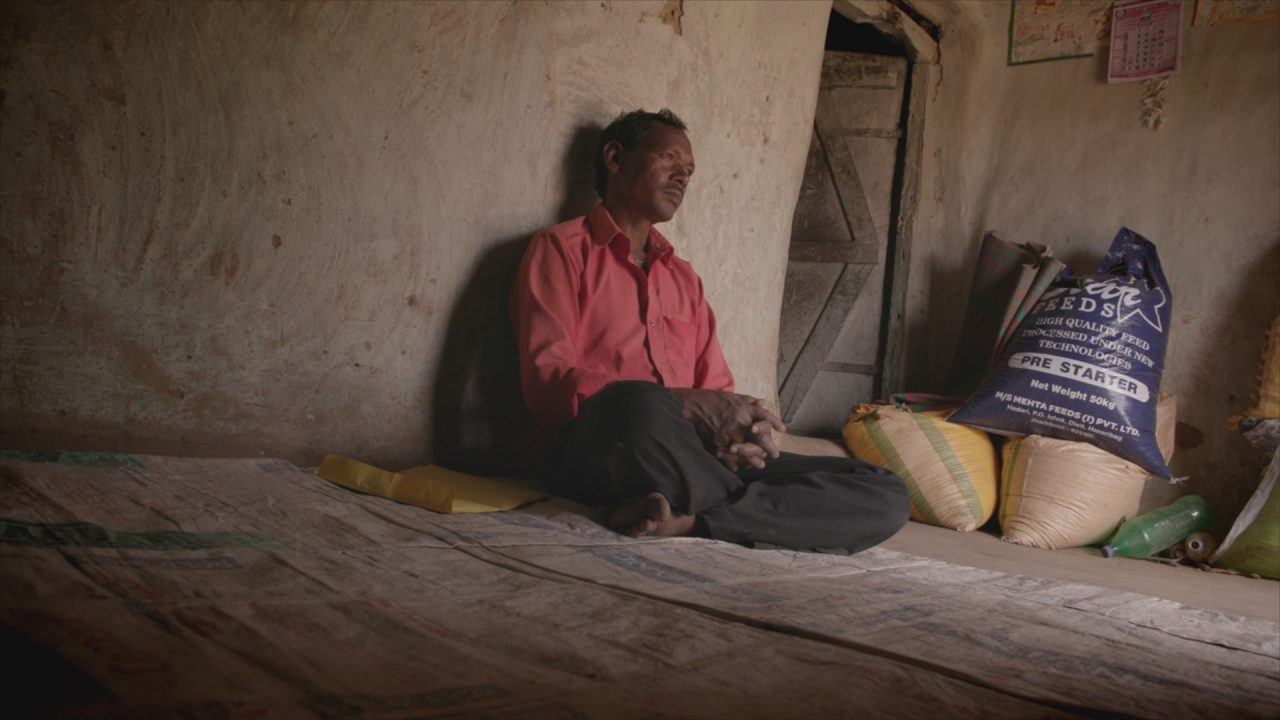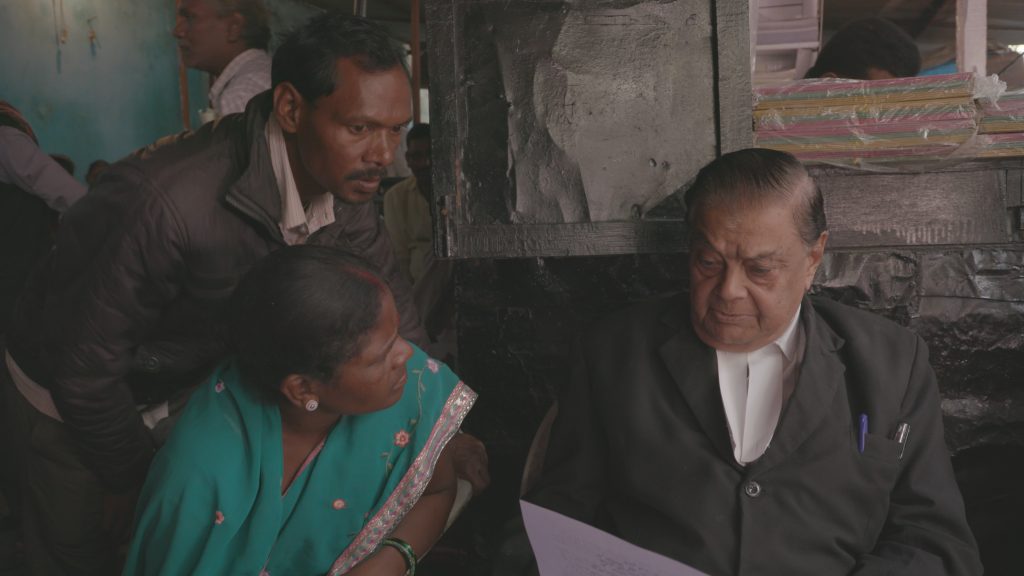
Finding the Emotional Centre of a Hard-to-Watch Film
Finding the Emotional Centre of a Hard-to-Watch Film
Content warning: this blog post talks about sexual assault.
There are many reasons I could give to watch Nisha Pahuja’s To Kill a Tiger. I could gush about its sweeping cinematography and how deeply it roots the viewer in the contrasting pastoral landscapes and urban environments of Jharkhand, India. In the same breath, I could argue that although the film takes place in India, it’s actually quite universal. The fact that Mindy Kaling and Dev Patel signed on as executive producers might strengthen that argument. But then we might fumble because it’s at this precise moment that you’ll probably ask what the film is about, and I won’t be able to lie.
To Kill a Tiger follows a father’s agonizing battle as he defies his own village community to seek justice for his 13-year-old daughter, who was sexually assaulted by three adult men from the same town. That alone may discourage you because the subject matter is undeniably difficult, even if it’s important.
When a film poses this kind of dilemma, I like to focus on its emotional centre, and in To Kill a Tiger, that core rests with the father, Ranjit. While our way into this story is through the father, the film also doesn’t let his experience supersede his daughter’s. If anything, Ranjit’s fight serves to emphasize just how much collateral damage sexual assault causes.
Firstly, it completely transforms his daughter, who becomes incredibly sad and withdrawn, both at home and socially. Then it makes her mother, father and siblings feel guilty and utterly helpless. Soon after, it creates enormous divides within the village. But the suggestion that Ranjit’s daughter should marry one of her attackers—it’s said no one else would marry her now that she’s sullied—is the last straw.
To Kill a Tiger, Nisha Pahuja, provided by the National Film Board of Canada
It’s no small thing that Ranjit takes legal action against his daughter’s attackers, who are men he knows. In doing this, he and his entire family face obscene ostracization, isolation and vilification. Not only does most of the village disagree with his decision to turn this over to the courts, many of them—women and men alike—side with the assailants.
The villagers either deny that a sexual assault even occurred or defend the assailants, saying they made a mistake and should be forgiven, while simultaneously suggesting that the child bears some responsibility because of what she might have worn or how she might have behaved.
So when Ranjit resolves not to keep the matter within the confines of his community—going against the pleas of his ward and village chief—it comes at a great cost to himself and his family. He loses most of his allies in the village, and his sole support system consists of outsider gender activists, who only visit him occasionally while the case is ongoing but can’t provide constant protection. All this comes with no guarantee that the assailants will be found guilty or that his community ties will eventually be restored.

Despite Ranjit’s bravery throughout the legal case, the whole thing wears on him as well. He loses hope on a number of occasions. He turns to drinking heavily over the course of a few weeks, even missing a court appointment. But he picks himself back up by focusing on his daughter and how crucial this is for her.
He also knows that as a man, it sends a significant message to everyone around him that he is so staunchly defending his daughter. Ranjit’s up against huge odds, and there’s a good chance he and his daughter will lose (a sad outcome that would be just as likely anywhere else in the world).
But the struggle is also where you’ll find the silver lining. Ranjit doesn’t inspire hope just because he keeps fighting; he’s emblematic of systemic changes in attitudes towards women and girls. The gender activists who help him throughout the case are women and men, and they all have an articulate and evolved perspective on gender equity. They have the vocabulary they need to build a better future, and they’re teaching it to others.
It’s a big part of how the film demonstrates that while change might be slow, it’s still happening, and there are soldiers on every front. And seeing that makes To Kill a Tiger a reassuring watch.



